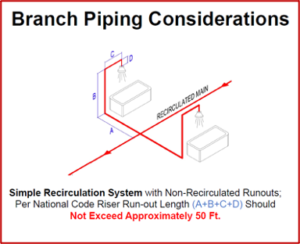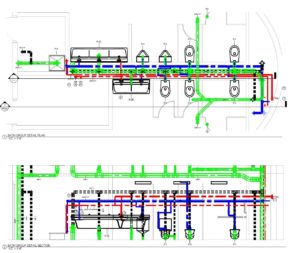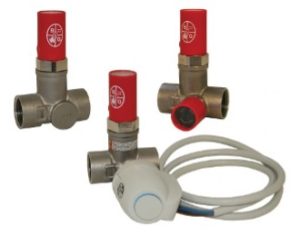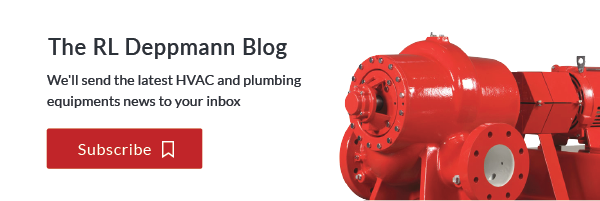 I recently received an email from an engineer discussing the type and location of balance valves in a domestic hot water recirculation system. He brought up some great points regarding the length of pipe allowed for dead legs. Our discussions centered on the conflict between the concern for immediate hot water and the code requirements. This week we ask for your opinion and experience in this area.
I recently received an email from an engineer discussing the type and location of balance valves in a domestic hot water recirculation system. He brought up some great points regarding the length of pipe allowed for dead legs. Our discussions centered on the conflict between the concern for immediate hot water and the code requirements. This week we ask for your opinion and experience in this area.
The Project and the Recirculation Concerns
Andre Gill, of Andre Gill Engineering LLC in the Rhode Island area, read an R.L. Deppmann Monday Morning Minutes article discussing the type and location of balance valves in a domestic hot water recirculation system. The building had a six-story, single pressure zone, system.
Local code allowed a 50 foot “length from the source of hot water supply to the farthest fixture”. Mr. Gill voiced the concern shared by many of the engineers in Michigan and Ohio: When using low flow fixtures and longer uncirculated legs, time becomes an enemy.
The low flow fixtures were 0.4 GPM, and the runouts were 30’long. The supply pipe was ¾” to avoid excessive velocity to the fixtures during heavy use. How long would it take to get hot water to a person washing hands at a 0.4 GPM sink? The ¾” supply pipe holds about 0.7 gallons. That means it will take about 100 seconds to get hot water at the sink. That is a lot of wasted water assuming someone would even wait that long.
The other issue is the concern about the quality of the water in the 30 feet of pipe if it is not used for a couple of days.
Mr. Gill chose to increase the number of B&G Temp Setter™ thermostatic balance valves and circulate the end of the horizontal, rather than vertical, HWS to reduce the uncirculated pipe length to just a couple of feet.
The B&G Temp Setter was used in lieu of manual or automatic balance valves since the branch recirculation flow rates were very low and below the range of most balance valves. It also eliminated the need for a balance contractor.
Is It Time to Change the Codes Regarding Uncirculated Pipe Length?
The Veterans Administration (VA) plumbing design manual dropped the dead leg to ounces of water volume. Some local plumbing and energy codes dropped the pipe length to 20 feet. BSR/ASHRAE/USGBC/ASPE/AWWA Standard 191P shows 16 ounces. Should the pipe length be changed in codes? Should it be a smaller length? Should it be based on volume in the pipe from the source? Should it be based on time to deliver hot water?
WHAT DO YOU THINK?
Please share your thoughts. I placed a post on both LinkedIn and on the ASPE Connect forum. Very interested in what YOU think and how YOU design for this application.
I thank Gill Engineering LLC and James M Pleasants Co. for allowing me to use some of their drawings in this article.
Next R. L. Deppmann Monday Morning Minutes will turn attention to cooling towers.




